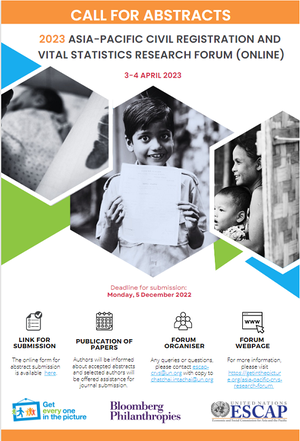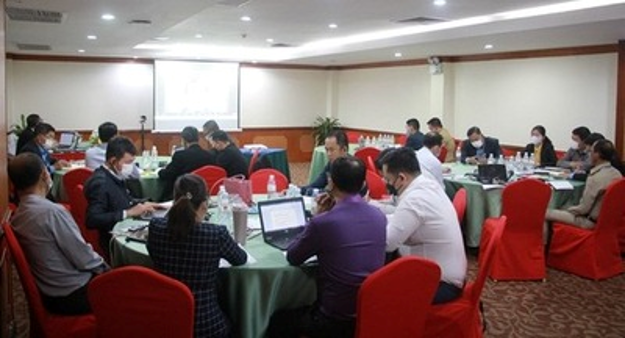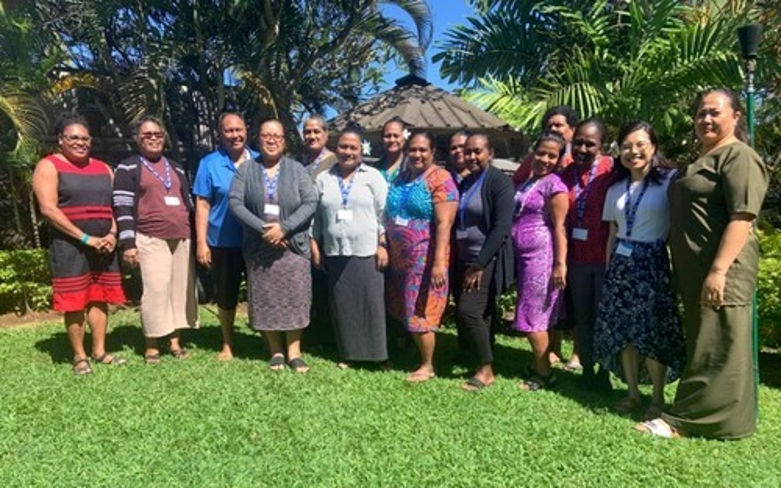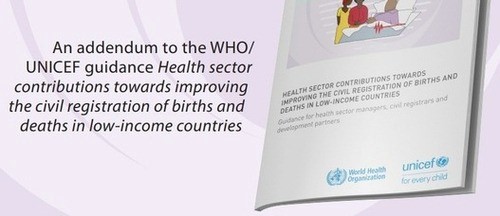(Newsletter: CRVS Insight July 2022)
The e-learning course on Using Gender Data for Analysis, Communications and Policy Making in the context of SDG monitoring and beyond was launched during an Asia-Pacific Stats Café on 7 June 2022. The self-paced e-course developed by SIAP, ESCAP and UN Women has been designed to strengthen skills in using and analyzing gender data and statistics for monitoring the 2030 Agenda for Sustainable Development and beyond. The course explores topics spanning the interpretation of gender data, calculating gender statistics for SDG monitoring and integration of survey and geospatial information data for gender analysis and use of gender data for communication and policy dialogue.
The course is designed for both experts and non-experts in mind and interested participants may enrol by following the links in the event flyer.












